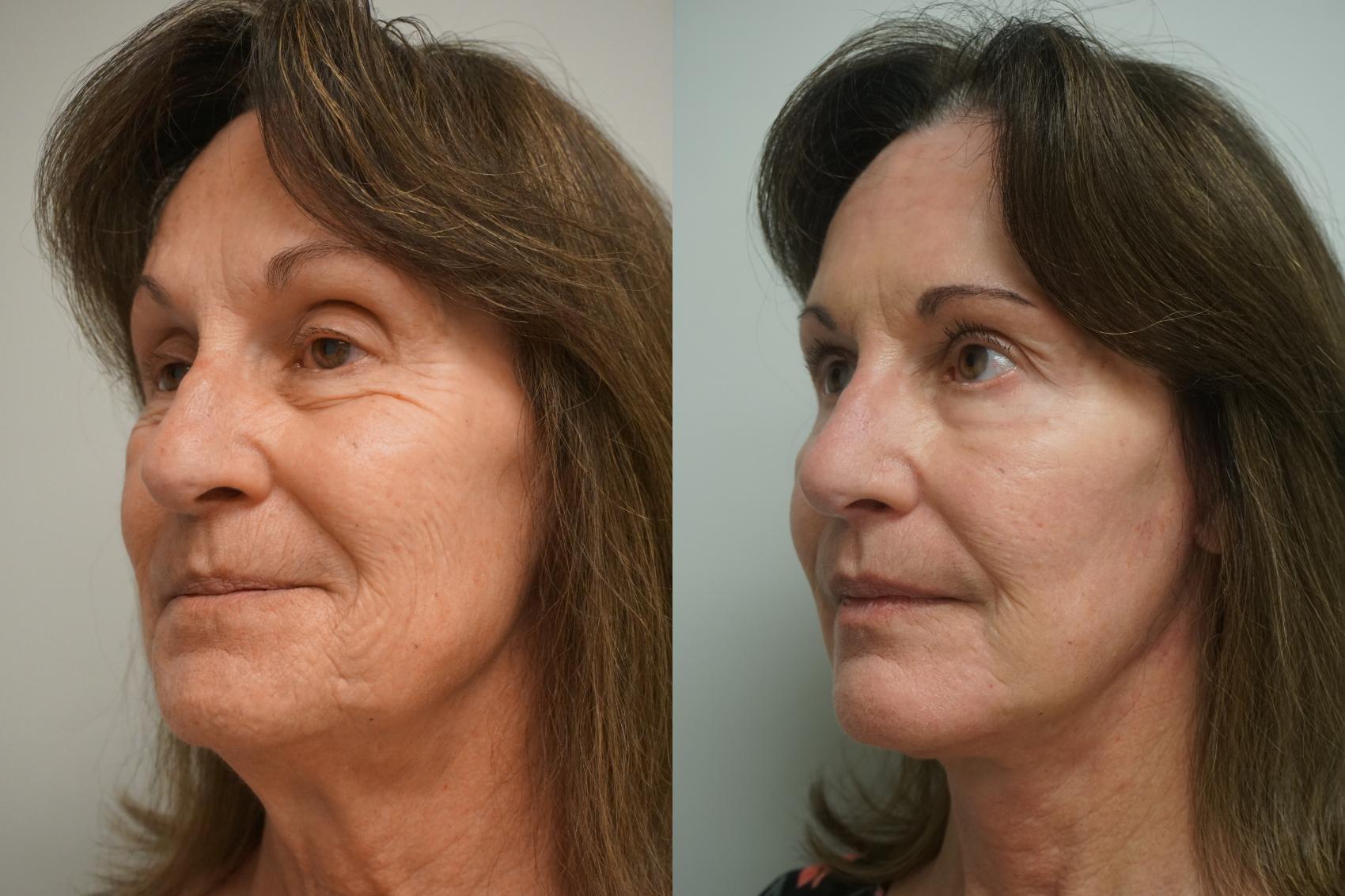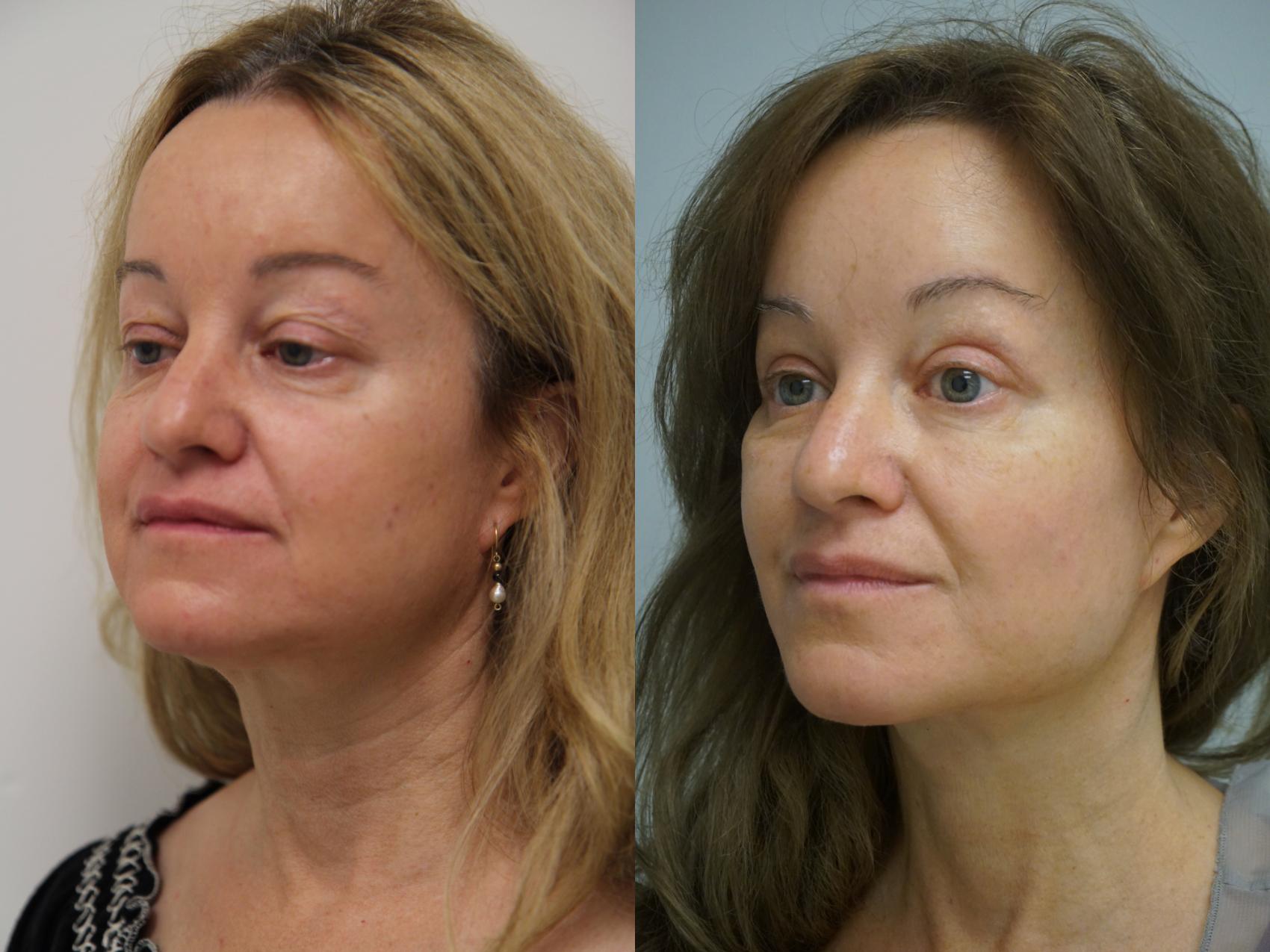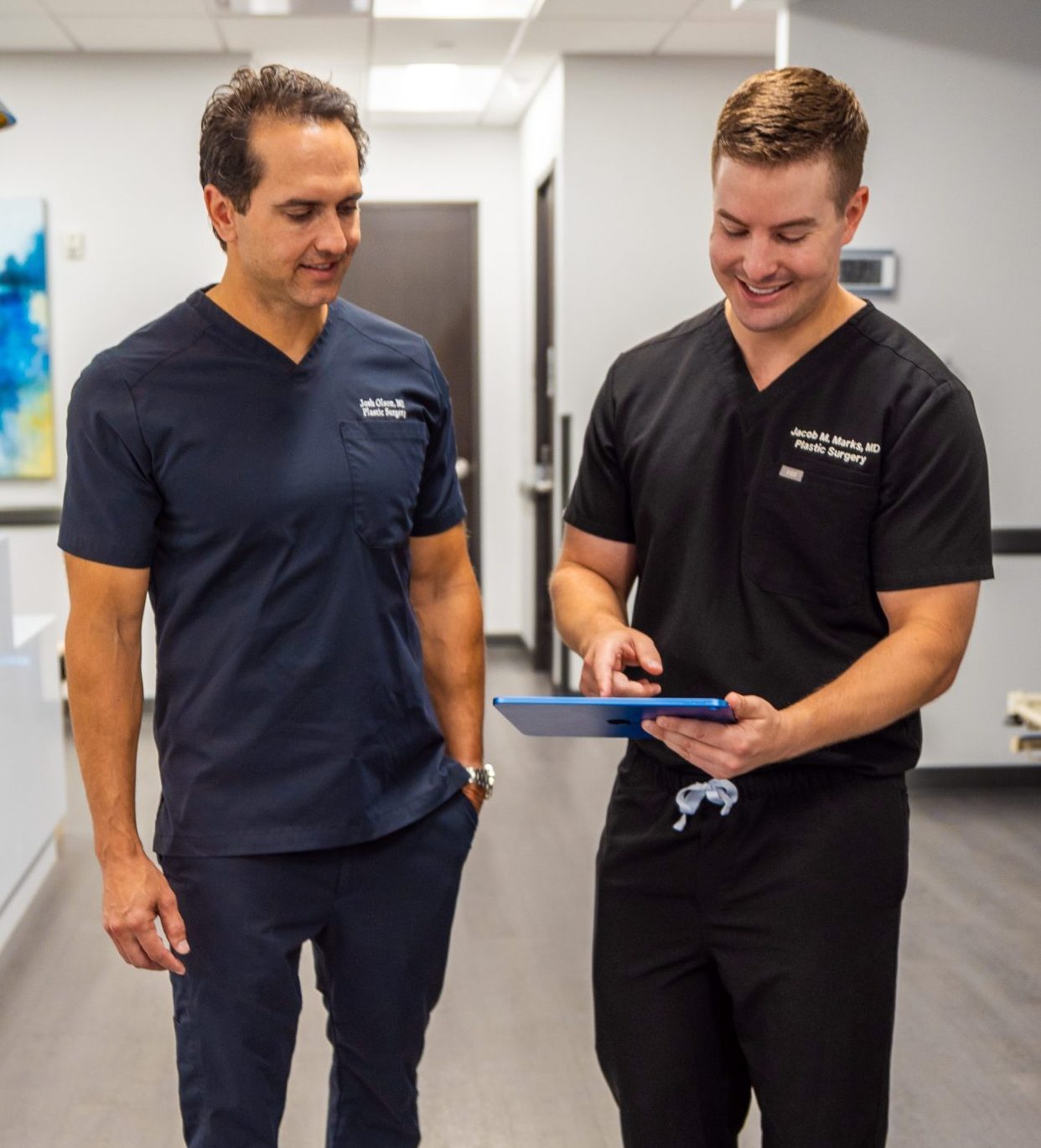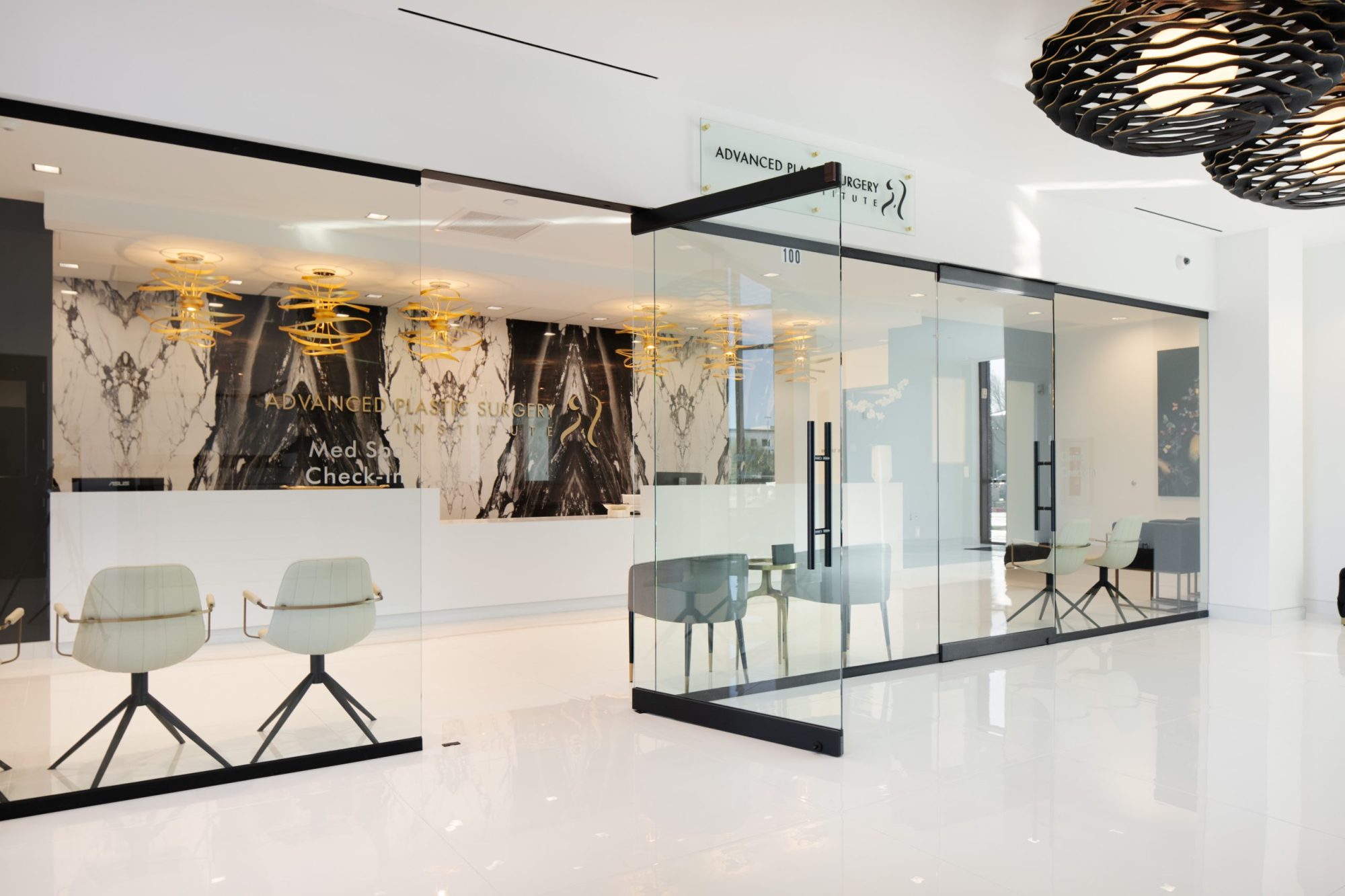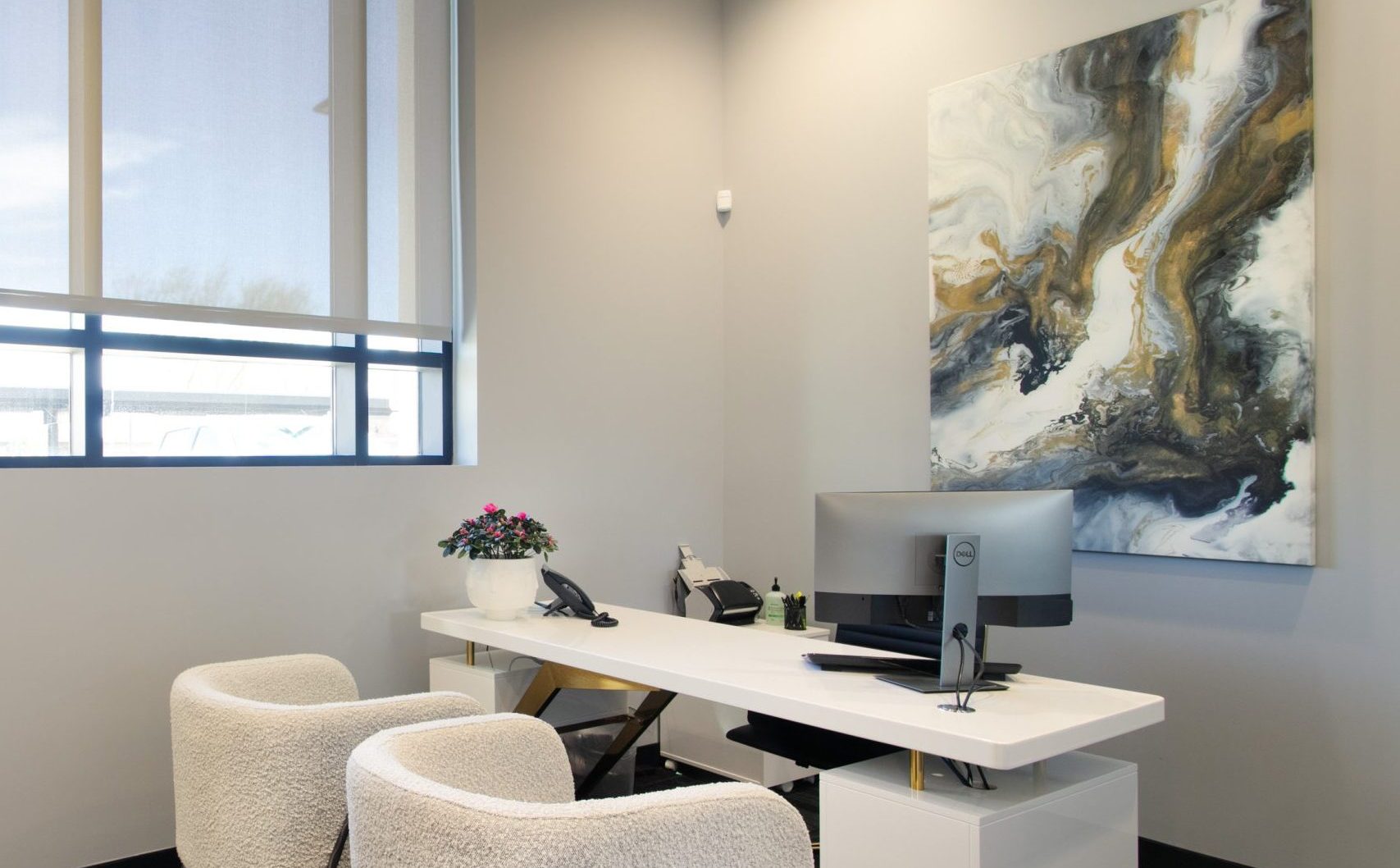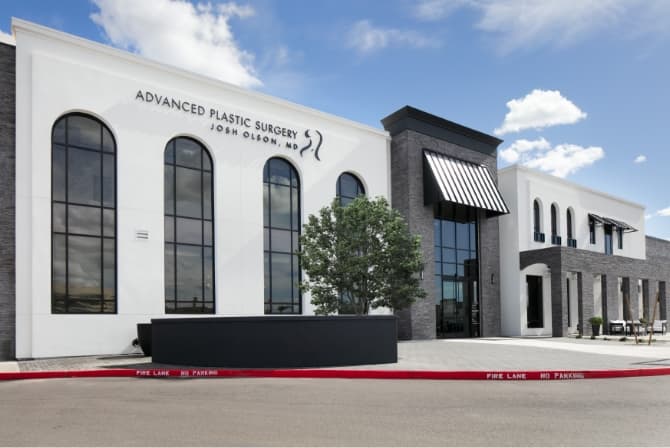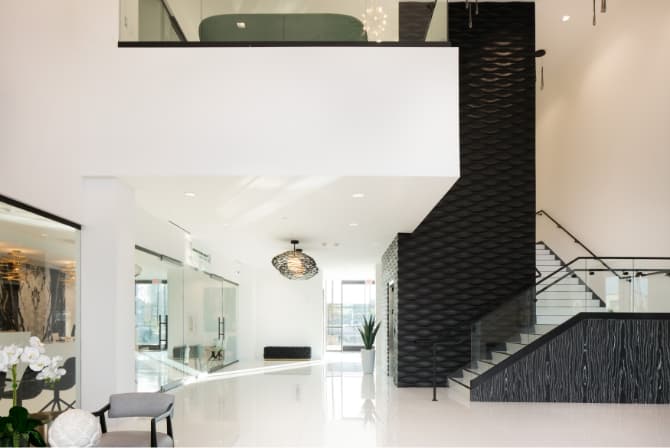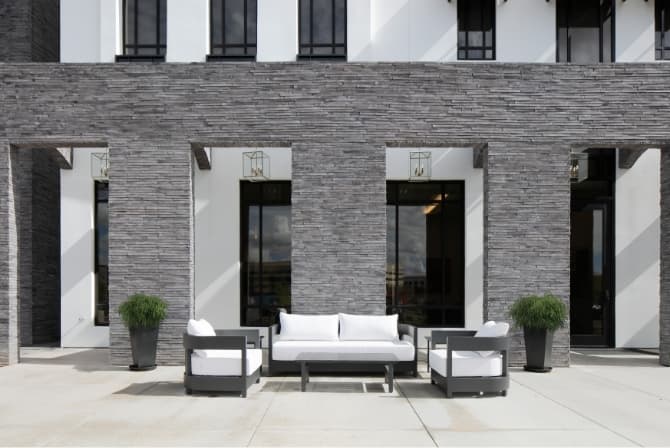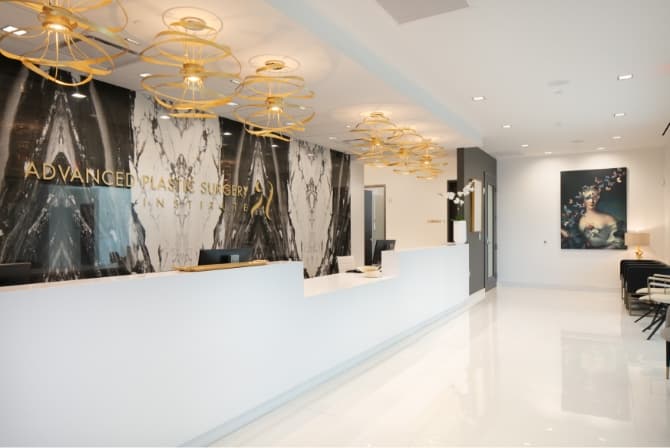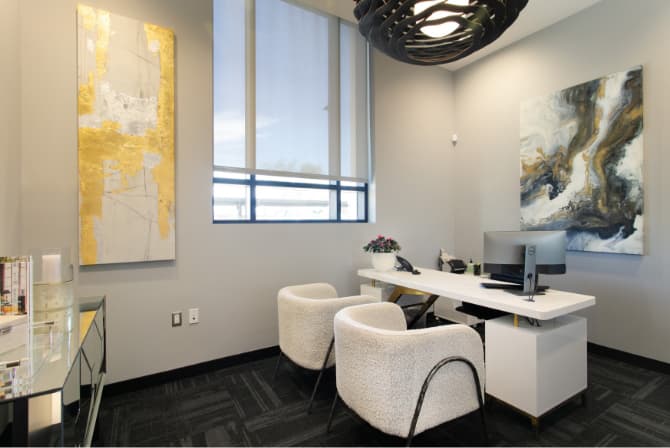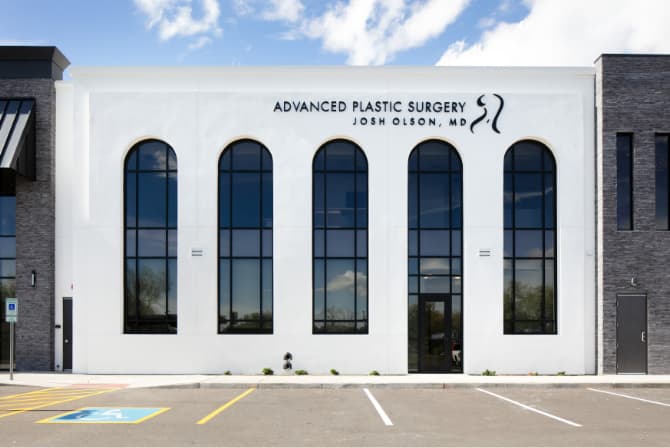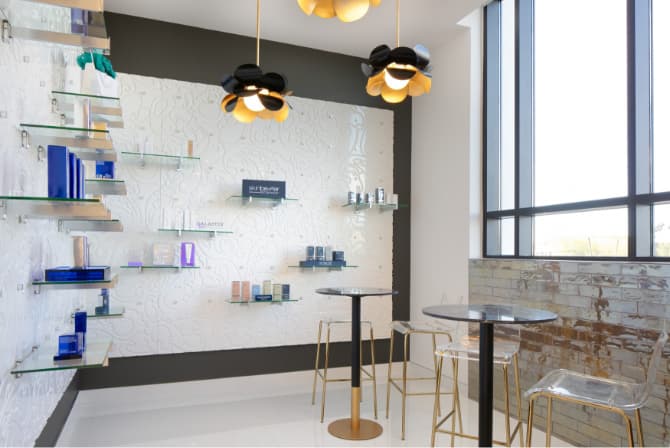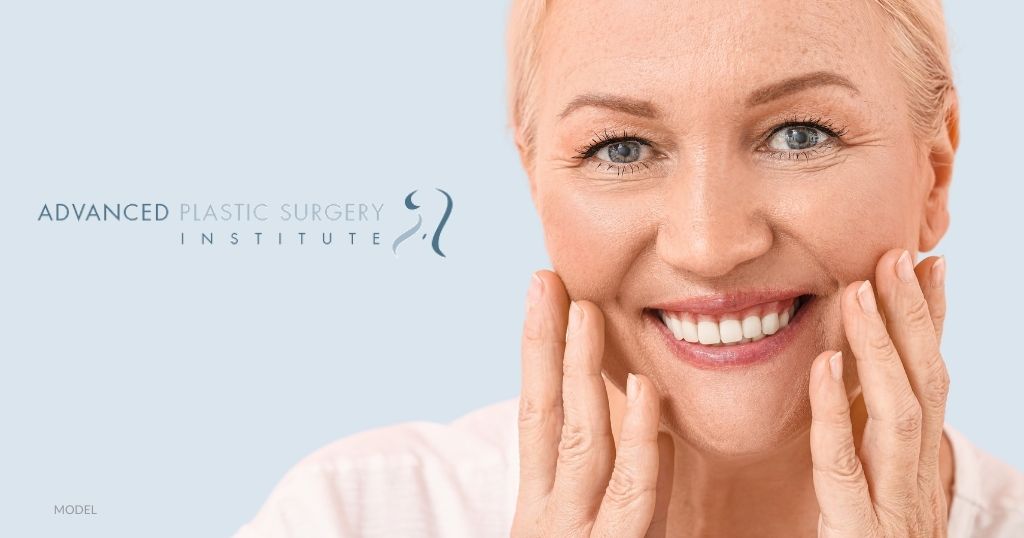SMAS Facelift
The SMAS (Superficial Musculoaponeurotic System) facelift is a highly effective technique that lifts and tightens the deeper layers of facial tissue, not just the skin, for a naturally refreshed and long-lasting result. Ideal for patients with moderate signs of aging, the SMAS facelift offers significant yet natural-looking rejuvenation without an overly tight or “pulled” appearance.
Deep Plane Facelift
The deep plane facelift rejuvenates the face at a deeper level, lifting both the skin and SMAS layer as a single unit for a more dramatic, longer-lasting transformation. Unlike the SMAS facelift, which tightens the superficial muscle layer, this technique releases and repositions deeper facial structures, restoring volume and reducing sagging without placing tension on the skin.
- Scars and Incision Placement: Incisions are placed similarly to those for a SMAS facelift.
- Recovery: Recovery may take longer than the SMAS facelift, with swelling and bruising lasting 2-3 weeks. Full recovery typically takes 2 to 3 months.
- Longevity: Results typically last 10 to 15 years or more, providing one of the longest-lasting facelift outcomes.
Mini Facelift
The mini facelift targets the lower face, focusing on the jawline, jowls, and lower cheeks. Also referred to as a “short-scar facelift” or “S-lift,” this technique relies on smaller incisions and can be an excellent option for patients who don’t have significant skin laxity in the neck. The procedure offers a subtle lift and improved definition to the lower portion of the face.
- Scars and Incision Placement: Incisions are smaller and placed around the ears, sometimes extending into the hairline. These shorter incisions result in minimal scarring.
- Recovery: Mini facelift recovery time is shorter than a full facelift. Most patients return to normal activities within 5 to 7 days. Complete recovery and final results are usually visible within a few weeks.
- Longevity: Results typically last 5 to 7 years
Fat Grafting
Fat grafting restores lost volume in the face by harvesting fat from another area of your body—such as the abdomen or thighs—and strategically injecting it into areas that have lost volume with age. This natural approach replenishes fullness in the midface, cheeks, and deep folds around the nose and mouth, creating a softer, more youthful appearance. It can be performed as a standalone procedure or in combination with a facelift to enhance overall facial rejuvenation.
Longevity: Results from fat grafting are long-lasting, as a portion of the transferred fat permanently integrates into the treated area.
Scars and Incision Placement: Because fat is harvested using liposuction, small incisions are made in the donor area. No additional incisions are required in the face, as the fat is injected through fine cannulas.
Recovery: Swelling and bruising are common in both the donor area and the treated areas of the face. Most patients return to normal activities within 7 to 10 days, though minor swelling may persist for several weeks.


